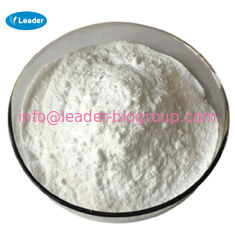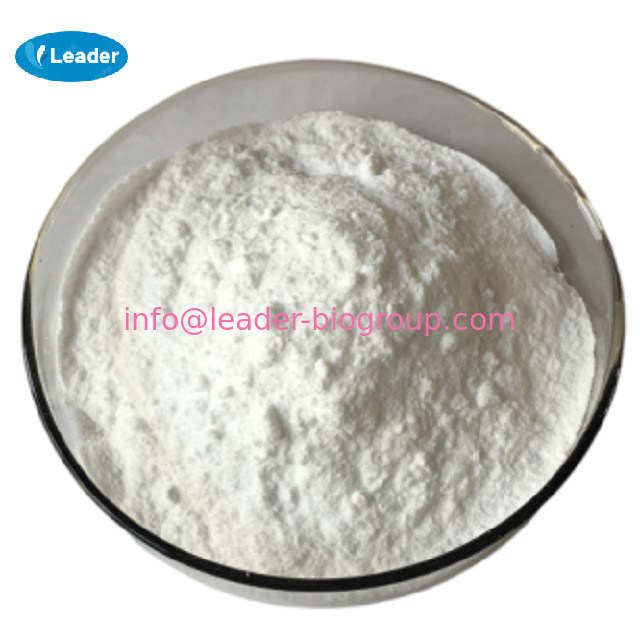
China Largest Factory Manufacturer CALCIUM LAURATE CAS 4696-56-4 For stock delivery
-
Purity99.9%
-
UsePersonal Care
-
OriginChina
-
Package1KG/Tin 25KG/Drum*Carton
-
ManufacturerXI'AN LEADER BIOCHEMICAL ENGINEERING CO.,LTD
-
Place of OriginCHINA
-
Brand NameLeader
-
CertificationISO,GMP,SGS,HALA,KOSER,HACCP
-
Model NumberLD
-
Minimum Order Quantity25KGS
-
PriceNegotiate Depend on order quantity
-
Packaging Details25KG/Drum
-
Delivery Time2-3 working days
-
Payment TermsWestern Union, MoneyGram, T/T, L/C
-
Supply Ability10MTS/Month
China Largest Factory Manufacturer CALCIUM LAURATE CAS 4696-56-4 For stock delivery
| CALCIUM LAURATE Basic information |
| Product Name: | CALCIUM LAURATE |
| Synonyms: | calciumdilaurate;Calciumdodecanoate;Dodecanoicacid,calciumsalt;Calciumdilaurat;Didodecanoic acid calcium salt;Dilauric acid calcium salt;CALCIUM LAURATE;Dodecanoic acid, calcium salt (2:1) |
| CAS: | 4696-56-4 |
| MF: | C24H46CaO4 |
| MW: | 438.7 |
| EINECS: | 225-166-3 |
| Product Categories: | |
| Mol File: | 4696-56-4.mol |
| CALCIUM LAURATE Chemical Properties |
| Melting point | 182 °C |
| LogP | 5.028 (est) |
| EPA Substance Registry System | Dodecanoic acid, calcium salt (4696-56-4) |
